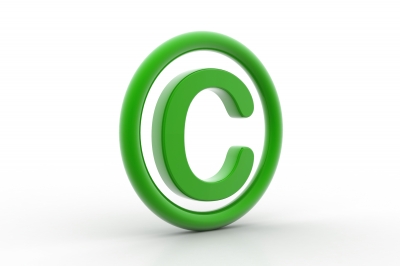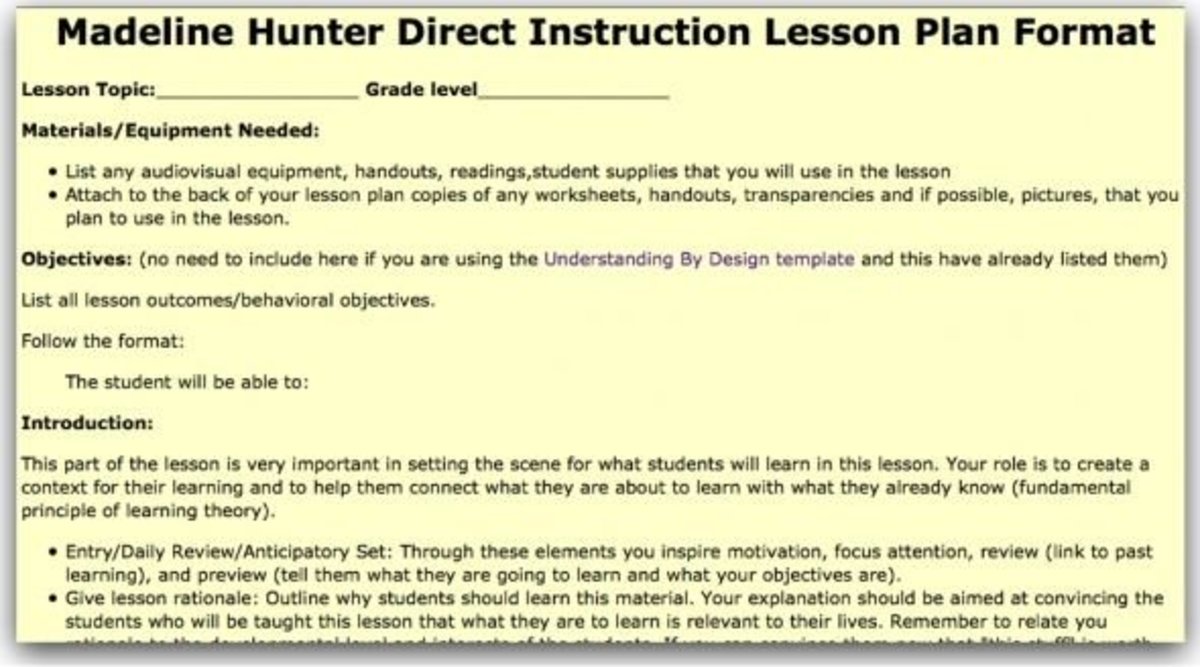Highlights of Nilson's 'Teaching At Its Best' Chapters 1-11

Chapter 1: Understanding Students and How They Learn
-
Know your student body — age/generation, marital/family status, socio-economic background, employment, etc.
-
Know how your students learn — determine learning preferences and make the coursework student-centered. Remember, “students are not stupid; they are simply novices in our discipline” (Nilson, 2010, p. 6).
-
Know your class structure — move students from the simple to the complex. Consider Baxter Magolda’s Levels of Knowledge: Independent knowing, Absolute knowing, Transitional knowing and Contextual knowing (Nilson, p 9)
-
Know how to encourage growth — help students move beyond relativism and move toward cognitive maturity
Chapter 2: Outcomes-Centered Course Design
According to Anderson & Krathwohl, the remembering/knowledge level is the lowest level of learning and the creating/synthesis level is the highest level. (Nilson, 2010, p. 21). Use Bloom's taxonomy to move students from knowledge, comprehension, application, analysis, evaluation and synthesis.
Chapter 3: The Complete Syllabus
A thorough syllabus shows that you respect students enough to prepare them for the course. Your syllabus may be 5 to 10 pages, or run much longer depending upon all the information you include (Nilson, 2010, p. 33). Often more information in the syllabus begets fewer student questions during the course.
Since your syllabus may be legally binding, Nilson (2010) suggests add information that will guard against complaints and lawsuits. For example, build in some disclaimers about policies and note that students can only expect to learn from the course if they put in adequate effort (Nilson, pp. 36-37).
Consider conducting an activity that involves the syllabus, such as a look-up game or short quiz on the content. This ensures that your students are somewhat familiar with the syllabus, and understand it has the answers to many of their questions.
- What is a syllabus? — an outline of study, a blueprint for upcoming course (Nilson, pp. 33 & 41)
- What to include in a syllabus: course information, teacher information, course requirements, contact info/office hours, disclaimer to course outlines personal/instutitions's honesty policy
- Note — students, your institution, and the law may deem your syllabus to be a legally binding contract

Chapter 4: Your First Day of Class
Icebreakers let the students get to know each other better, and it can give you as the teacher a better sense of the overall class. Consider using a survey of raised hands, a three-step interview, human bingo, and a syllabus scavenger hunt (Nilson, 2010, pp. 48-49).
Don’t release class early the first day of school. You’ll need all the time to acquaint students with you and your policies.
- Proper preparation — warm up your body (stretch) and do vocal exercises to ease nerves
- First impressions — rehearse your material and have handouts ready
- Exchange information — tell your students about yourself, and learn about them
- Learn student names — use seating charts, write down physical descriptions next to names, tall roll, hand out name tags, or review photos with names
- Icebreakers — ease tension by letting students get to know you and by learning about them
Chapter 5: Motivating Your Students
Not every student will be successful in your classroom, but how you choose to motivate students may be a crucial way to impact their overall success.
- Intrinsic motivation — when the student is interested in the subject matter
- Extrinsic motivation — doesn’t involve the student’s feelings, includes things such as the expectations of others and grades
- Theories of motivation — Behaviorism and Goal orientation
- Strategies for motivating students — Be enthusiastic, Show interest, Make it personal, Get to know your students, Set realistic expectations, Pay attention to all students, and Give students opportunity to participate and improve, avoid reverse discrimination

Chapter 6: Copyright Guidelines for Instructors
The word “motivation” means to stimulate “the desire to learn something” and refers to getting the student intrinsically interested in the subject matter (Nilson, 2010, p. 51).
“While we can’t always affect extrinsic forces, we can enhance our subject matter’s intrinsic appeal to students, and intrinsic motivators are often more potent than extrinsic ones” (Hobson, 2002; Levin, 2001; Svinicki, 2004 as cited in Nilson, 2010, p. 51)
According to a survey from the Center for Academic Integrity, 32% of respondents cheated because they were lazy, 29% wanted better grades, 12% suffered from pressure to succeed and 27% cited other reasons (Hutton, 2006 as cited in Nilson, 2010, p. 86).
Chapter 7: Preventing and Responding to Classroom Incivility
Project a persona of authority, students who respect their teacher are less likely to act uncivil. Nilson (2010) notes “if you project any weakness, nervousness', softness or too easy-going an attitude, you’re likely to find students pushing the envelope” (p. 74).
Set ground rules at the beginning of the course, but consider emphasizing the good rather than the bad. Go through your standards in class, and add information to the syllabus and refer students to the resource.
When you do encounter a problem, react calm but firm. Smile through your discipline.
Chapter 8: Preserving Academic Integrity
While you may not be able to totally eradicate cheating in your class, you can make cheating difficult for your students. For example, space students far apart, pay attention during tests so that you can catch cheaters.
Help students understand that cheating isn’t just against the rules, it is morally and ethically wrong.
Preventing cheating — Get students interested in the class Define/explain your personal cheating policy, and that of the school Make cheating difficult Complete papers in stages to limit cheating and serve as progress reports
Nilson's "Teaching At Its Best"
Chapter 9: Making the Most of Office Hours
The right place — office hours don’t always have to happen in the office. Pick a more convenient location for your students, or choose a less intimidating location, such as the library or student union.
The right setting — consider creating group work sessions
The right times — schedule hours on Mon. or Tues. when students may have questions about homework nRemind students you also take appointments
The right encouragement — encourage all students to meet with you before a certain time of the year nConsider holding meetings while writing term papers
Chapter 10: Course Coordination Between Faculty and Teaching Assistants
Establish the roles between teacher and TA student early in the year, if not before, to ensure each party knows his responsibility for the course.
Since students may be more willing to speak with the TA instead of the Teacher, hold regular meetings to discuss specific student questions, or discuss where students may be struggling.
Chapter 11: Matching Teaching Methods and Learning Outcomes
Methods matter. Nilson (2010) suggests that a teacher’s methods, or lack thereof, are crucial to student success.
According to Nilson (2010), the teacher’s toolbox contains three major tools: course formats, major teaching methods and teaching “moves” (p. 104).







